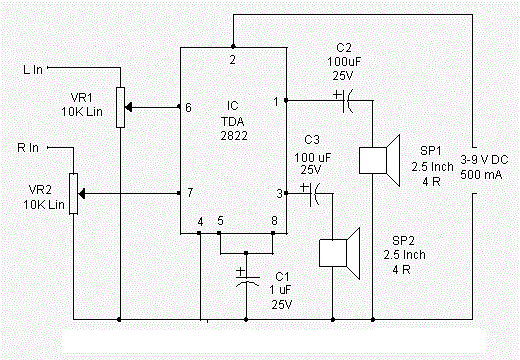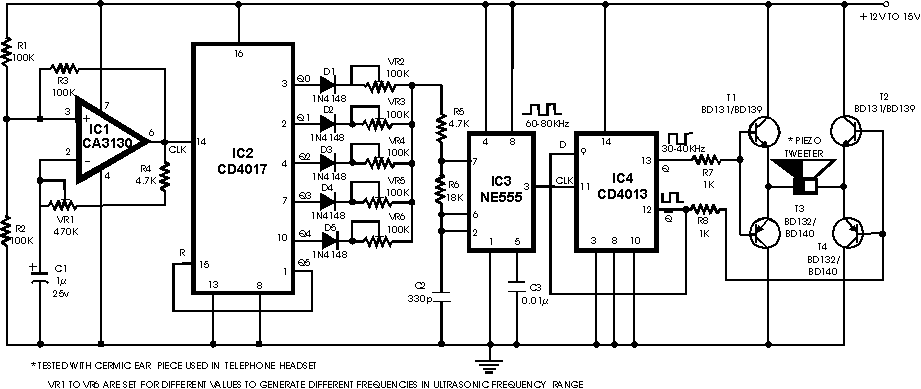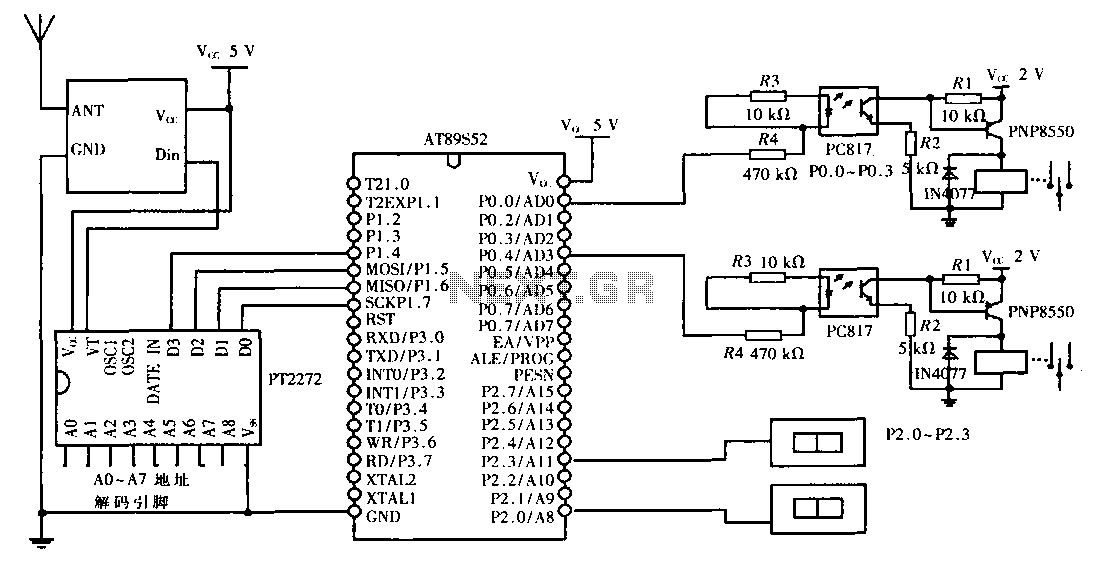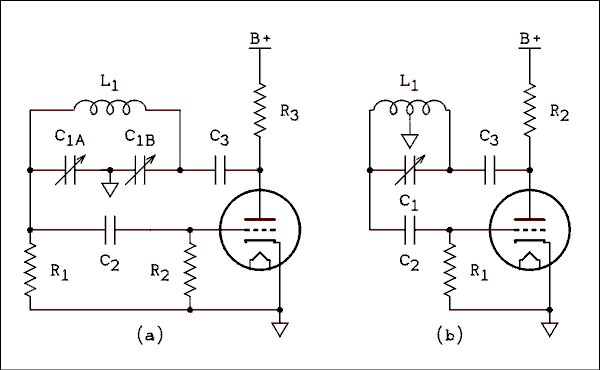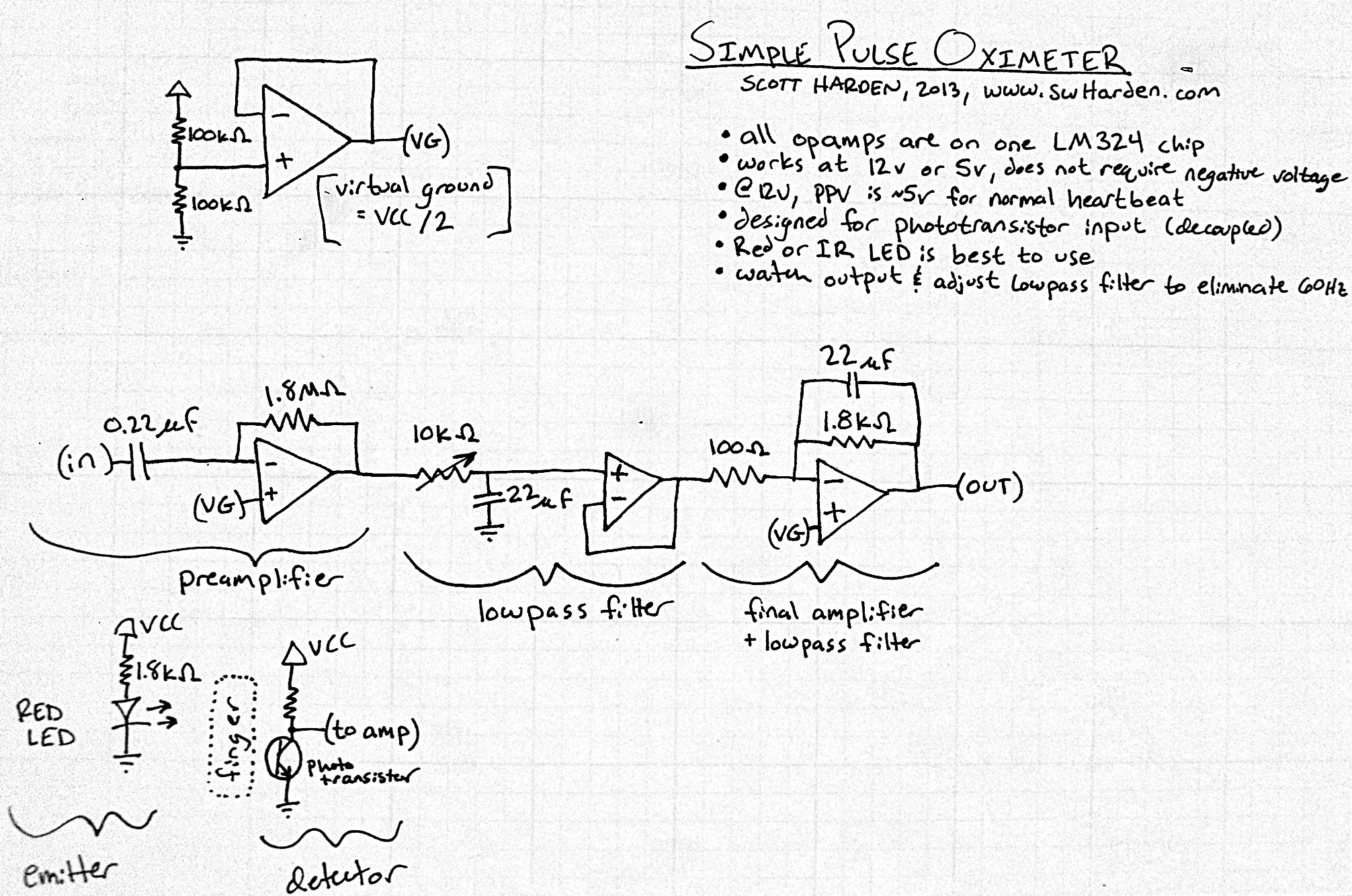
XTR106 no external transistor circuit diagram of work
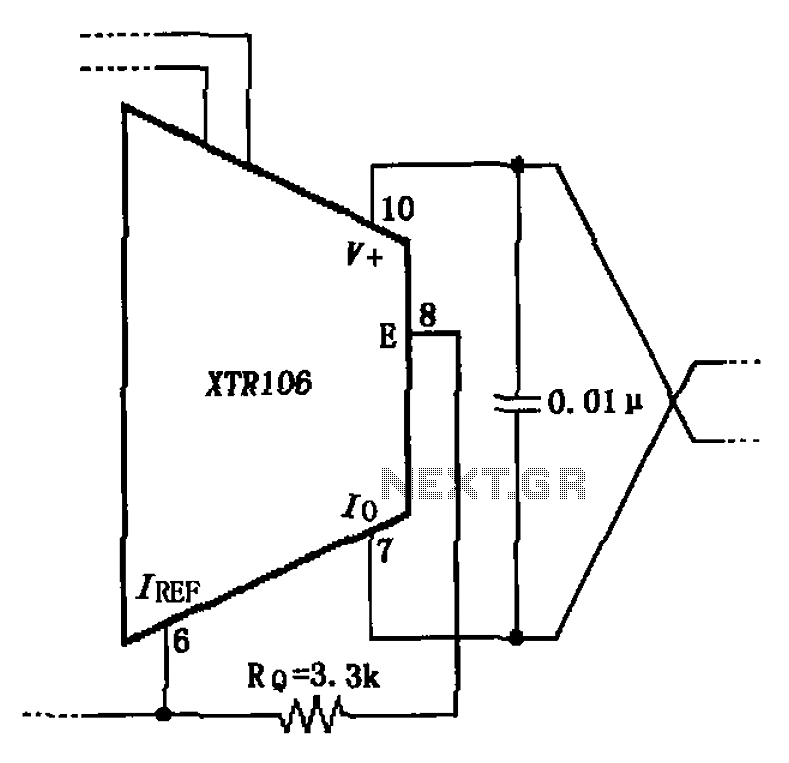
The circuit has been simplified due to the cancellation of an external transistor. The connection between the emitter terminals of the original external transistor and a 3.3k resistor will be removed, as this change has led to a decrease in the accuracy of the internal power circuit.
The circuit modification involves the removal of an external transistor, which serves to streamline the design and potentially enhance reliability. The original configuration included a connection between the emitter terminals of the external transistor and a 3.3k resistor. This resistor typically functions to limit the current flowing through the transistor, ensuring that the device operates within safe parameters. However, the decision to eliminate this connection is based on the observed decline in the accuracy of the internal power circuit, which may have been influenced by the additional loading introduced by the external transistor and resistor.
In the revised circuit, attention must be given to maintaining the stability and performance of the internal power supply. It is essential to ensure that the remaining components can handle the required load without the external transistor's assistance. This may involve recalibrating the internal circuitry to accommodate the changes. Furthermore, the implications of removing the 3.3k resistor should be assessed to prevent excessive current that could lead to overheating or damage to the internal components.
Overall, the simplification of the circuit aims to enhance performance while addressing the issues related to accuracy in the power supply. Future testing and validation will be necessary to confirm the effectiveness of this modification and to ensure that the circuit meets the desired specifications. As shown, the circuit is canceled due to an external transistor becomes simplified. The connection between both original external transistor emitter feet and legs a 3.3k resist or. However, this connection will be leaving because the internal power circuit accuracy decreased.
The circuit modification involves the removal of an external transistor, which serves to streamline the design and potentially enhance reliability. The original configuration included a connection between the emitter terminals of the external transistor and a 3.3k resistor. This resistor typically functions to limit the current flowing through the transistor, ensuring that the device operates within safe parameters. However, the decision to eliminate this connection is based on the observed decline in the accuracy of the internal power circuit, which may have been influenced by the additional loading introduced by the external transistor and resistor.
In the revised circuit, attention must be given to maintaining the stability and performance of the internal power supply. It is essential to ensure that the remaining components can handle the required load without the external transistor's assistance. This may involve recalibrating the internal circuitry to accommodate the changes. Furthermore, the implications of removing the 3.3k resistor should be assessed to prevent excessive current that could lead to overheating or damage to the internal components.
Overall, the simplification of the circuit aims to enhance performance while addressing the issues related to accuracy in the power supply. Future testing and validation will be necessary to confirm the effectiveness of this modification and to ensure that the circuit meets the desired specifications. As shown, the circuit is canceled due to an external transistor becomes simplified. The connection between both original external transistor emitter feet and legs a 3.3k resist or. However, this connection will be leaving because the internal power circuit accuracy decreased.
